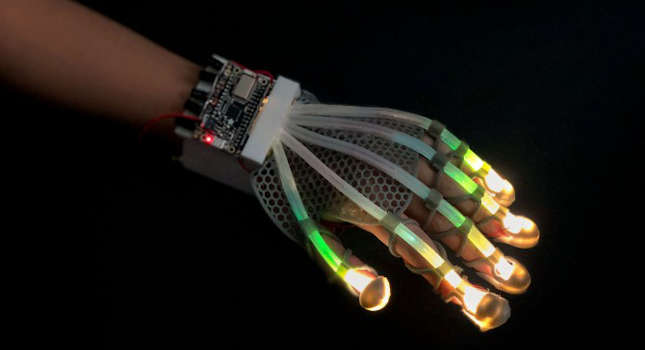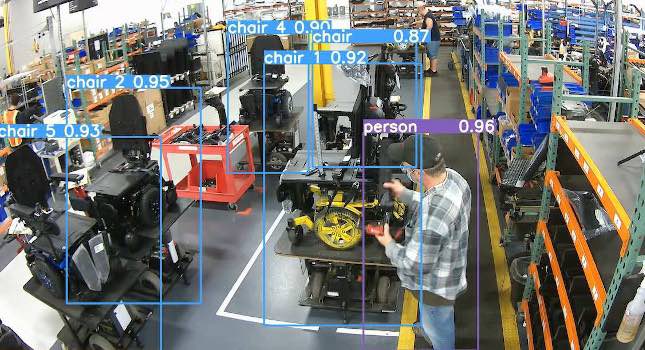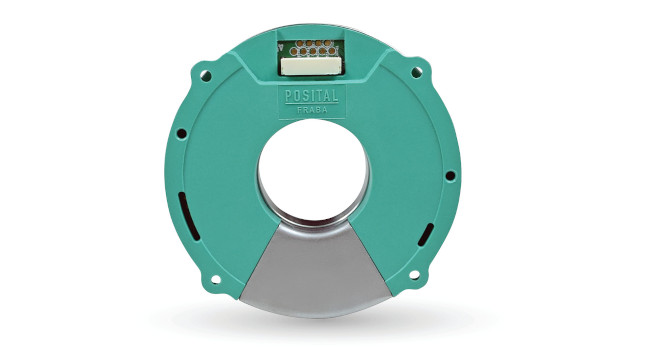Better analysis and more collaboration needed to take full advantage of IIoT’s accelerated use.

As the Industrial Internet of Things (IIoT) gains momentum, it has attracted a wide range of companies with familiar public names, but without the manufacturing pedigree. Companies such as Dell, Cisco, Microsoft, Intel, Google and SAP have dramatically accelerated their market presence to complement-or in some cases compete with-existing manufacturing suppliers.
One such company that has ramped up its effort in the manufacturing space is IBM. It announced in November that it is building its reach in the manufacturing market with a series of technology and consultancy offerings built around Watson, its cognitive intelligence platform best known for its appearance on Jeopardy! in 2011.
Jiani Zhang, program director of offering management for IBM Watson Internet of Things, talks with CFE Media in this edited transcript about where IIoT is headed and what manufacturers should be prepared for in this new industrial revolution.
CFE Media: Given the potential savings to manufacturing by the implementation of the Industrial Internet of Things (IIoT) why has manufacturing been so slow to adopt IIoT? Do you see that pace accelerating in the near-term?
Ziang: IIoT is not an entirely new concept in manufacturing. Most production facilities have had process control systems, SCADA data and historians for decades. However, (the European model of) Industrie 4.0, or the next wave of productivity in the sector, is clearly on the horizon. Savings and other benefits can come from the use of IIoT and analytics associated with Industrie 4.0. These include improved production quality and yield, thanks to captured sensor data from shop floor tools and equipment, and the use of wearable devices to track worker health and safety, as a couple of examples.
But capturing that vast amount of data in a cost-efficient way to gather real-time insights has been a major challenge. The manufacturing environment is typically complex, with a myriad of different systems and equipment, and sometimes-outdated technology. Having the right retrofit connectivity is essential in the mass adoption of IIoT.
IBM partnered with Cisco this year to help manufacturing overcome that challenge. To handle the vast amount of data being created at the edge of the network, we combined Cisco edge analytics and the cognitive computing of the IBM Watson IoT Platform, so that businesses get a more cost-effective way to obtain real-time insights.
Manufacturing is time-sensitive in terms of avoiding the production of out-of-spec components, equipment downtime, and worker injury or death. Watson IoT can understand, reason and send back its insights as prescriptive actions or business rules for improved operational efficiency in real-time. Those insights are based on analysis of data sent to the cloud, combined with other structured and unstructured forms of data, such as video and audio.
We do expect the pace of IIoT adoption to accelerate, and soon. Manufacturing is one of the largest opportunities in IoT, with McKinsey estimating IoT applications in factory settings to have the potential to create value of $1.2 trillion to $3.7 trillion per year in 2025.
CFE Media: How would you describe IBM’s approach to IIoT in manufacturing? What do you see as the opportunities and solutions?
Ziang: Today, manufacturing equipment can tell you when it needs maintenance, building sensors work together to save energy, and consumer products communicate information back to their manufacturer about what’s in demand. Yet, so much of the data being generated by these devices is never captured. There lies the challenge, which poses opportunity.
Now, cognitive systems can bring light to "dark" data-the data that exists in unstructured and unused forms. For example, a worker can sort through dark data in maintenance logs, technician notes, and even forums to identify and consolidate maintenance and repair information. This transforms the repair process of equipment by providing the most relevant information in a summarized form to the employee, so that repairs can be done correctly and efficiently.
Using our approach that incorporates IBM’s cognitive abilities, businesses will be able to better act on data, which will lead to better management of factory equipment and assets, improved manufacturing processes and more effective management of production resources.
CFE Media: Given the almost autonomous nature of what you describe for IIoT for Manufacturing, where do humans still figure into the equation? What should the new roles in manufacturing plants be, and how do we train and recruit those people?
Ziang: All of these new insights that result from IIoT can only come to fruition when humans work with machines. Specifically, there will be a huge opportunity to hire developers and data scientists. It is estimated there will be 10 million developers active in IIoT by 2020, and these will be the thought leaders and engineers that can identify opportunities for new solutions and monitor for security risks as well. IIoT increasingly will benefit from data and the processing of that data. Developers can build new innovative dashboards to visualize the real-time aspects of the plan from the data sourced by IoT. Data scientists can take this data further, by using our advanced analytics solutions to pinpoint specific actions to take that move the needle in manufacturing metrics. I.e., a quality engineer can take advantage of quality data from the manufacturing line and predetermine issues with yield or product quality.
CFE Media: What does Watson think of IIoT? Has he formed any specific views and, like his Jeopardy! appearance, does he answer in the form of a question?
Ziang: Watson is a huge proponent of IIoT, and is really interested in meeting new people in an industry where he could help make workers more safe and bring new efficiencies to businesses. When he meets those new people, Watson doesn’t always answer in the form of a question, but that has become one of his favorite ways to respond!



